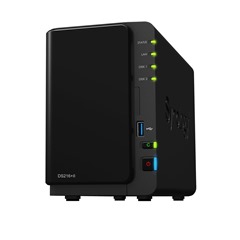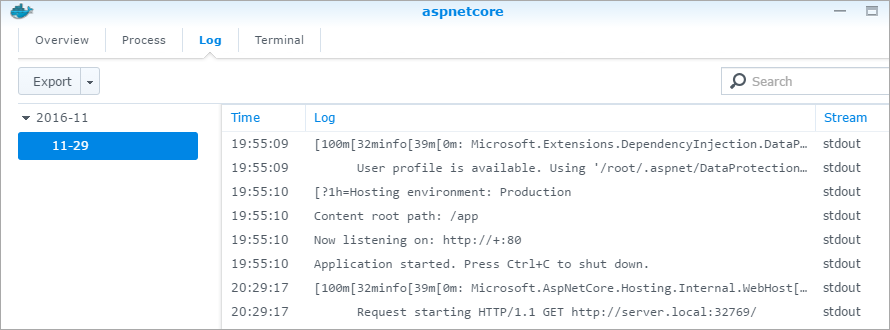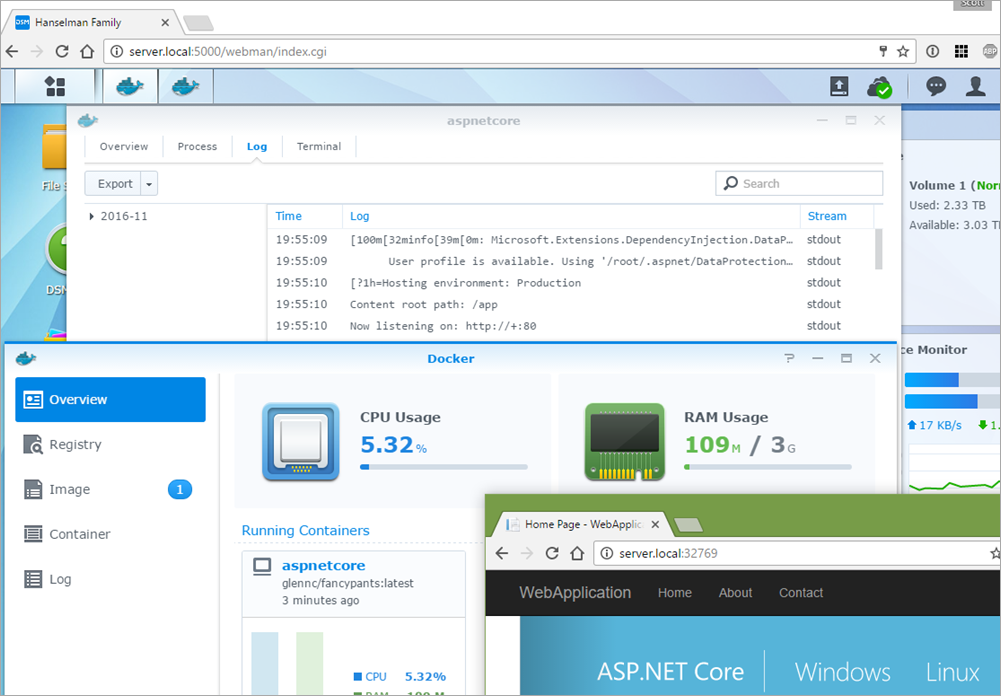Awesome, legal, wireless retrogaming with a Hyperkin Retron 5 and 8bitdo's nes30pro
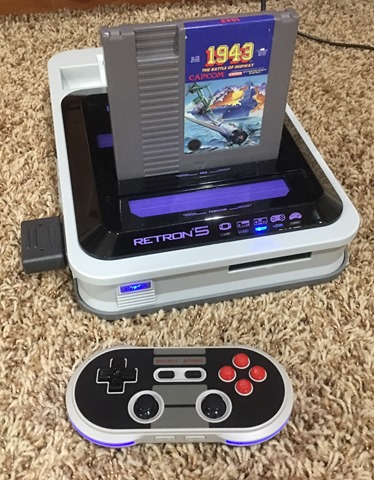 My kids and I are big fans of retrogaming. We have a whole collection of real consoles including N64, Dreamcast, PS2, Genesis, and more. However, playing these older consoles on new systems often involves a bunch of weird AV solutions to get HDMI out to your TV. Additionally, most retro controllers don't have a wire that's long enough for today's 55" and larger flatscreens.
My kids and I are big fans of retrogaming. We have a whole collection of real consoles including N64, Dreamcast, PS2, Genesis, and more. However, playing these older consoles on new systems often involves a bunch of weird AV solutions to get HDMI out to your TV. Additionally, most retro controllers don't have a wire that's long enough for today's 55" and larger flatscreens.
We wanted a nice solution that would let us play a bunch of our games AND include a wireless controller option. Here's the combination of products that we ended up with for retrogaming this Christmas season.
Hyperkin Retro Console
There's a company called Hyperkin that makes a series of retro-consoles. They've got the Hyperkin Retron 2, Hyperkin Retron 3, and my favorite (and the one YOU should get) the Hyperkin Retron 5. You'd think the Hyperkin 5 would let you play five consoles, but it actually lets you play NES, SNES, Super Famicom, Genesis, Mega Drive, Famicom, Game Boy, Game Boy Color, and GBA (Gameboy advance) cartridges on one system. It has five slots. ;)
Everyone's talking about how they can't find the NES Classic Edition. I'd spend that money on a Hyperkin and then go out and buy a few actual game carts from your local retro gaming shop.
I like the Hyperkin Retron 5 over the lesser models for a few reasons.
- It outputs HDMI natively for all it's emulated consoles.
- It's got great firmware that is updated fairly often.
- Its firmware has video features like adding fake CRT scanlines for authenticity (we like playing that way)
- It supports cheats ;)
- It's got multiple, real ports that support your existing console gamepads
- You can use one system's controller for another. For example, a SNES gamepad on an NES game.
The only bad things about the Hyperkin Retron 5 is that the included controller kind of sucks and with all console games, you need to be fairly careful inserting and removing the cartridges.
8bitdo NES30 Pro Game Controller
You might assume the 8bitdo NES30 Pro Game Controller would be a cheap overseas knockoff controller but it's REALLY well made and it's REALLY more useful than I realized when I got it!
There are a number of these controllers from this company. The NES30 is nice but the NES30 Pro includes two analog sticks while still keeping the classic style. Think of it as almost a portable Xbox 360 controller! In fact, when you plug it into your PC with a USB cable it shows up as an Xbox 360 controller! That means it works great for Steam games. I've been carrying it in my bag on trips and gaming on my laptop.
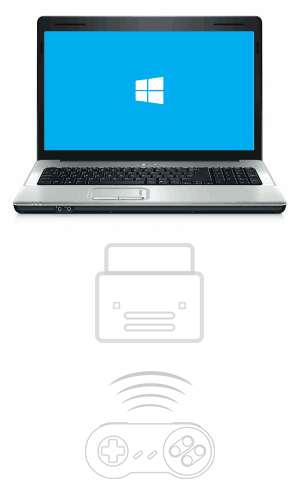 The build quality of the pad is great, but it's the extendable firmware that really makes the 8bitdo NES30 Pro shine. It has support to act as a Wiimote and even custom firmware for a...wait for it...Retron 5 mode! This means you can use this controller as a replacement for the Retron and play all the consoles it supports.
The build quality of the pad is great, but it's the extendable firmware that really makes the 8bitdo NES30 Pro shine. It has support to act as a Wiimote and even custom firmware for a...wait for it...Retron 5 mode! This means you can use this controller as a replacement for the Retron and play all the consoles it supports.
Even better, the 8bitdo NES30 Pro Game Controller also supports iOS, Android, etc. It's really just about perfect. My only complaint is that you have to turn it on while holding certain buttons in order to start in the various modes. So there's Bluetooth mode, iOS mode, Xbox mode, etc. Not a huge deal, but I've printed out the manual to keep it all straight.
8bitdo Controller Wireless Receiver
Here's where the magic happened. Because the 8bitdo NES30 Pro is a Bluetooth device, there's wireless receivers available for it for most consoles! If you have an NES or you managed to find an NES Classic, there's an 8bitdo Retro Receiver for NES.
However, I recommend you get the 8bitdo Bluetooth SNES Retro Receiver and plug it into the Hyperkin Retron 5. This, for us, has been the sweet spot. It works great with all games and we've got HDMI output from the Retron while still being able to sit back on the couch and game. You can also get two if you like and play multiplayer. As for power, the receiver needs just 100mA and leeches that power from the SNES port.
Even better, this Retro Receiver lets you use existing controllers as wireless controllers to whatever! So you can use your Wii U or PS3 controllers (since they are Bluetooth!) and retrogame with those.
If that wasn't awesome enough, the Retro Receiver can act as a generic "X-Input" controller for your PC or Mac. You plug an included Micro-USB cable into it and then pair your PS3, PS4, or Wii Remote into your computer and use it!
To be clear, I have no relationship with the 8bitdo company but everything they make is gold.
Sponsor: Big thanks to Redgate! Help your team write better, shareable SQL faster. Discover how your whole team can write better, shareable SQL faster with a free trial of SQL Prompt. Write, refactor and share SQL effortlessly, try it now!
About Scott
Scott Hanselman is a former professor, former Chief Architect in finance, now speaker, consultant, father, diabetic, and Microsoft employee. He is a failed stand-up comic, a cornrower, and a book author.
About Newsletter








